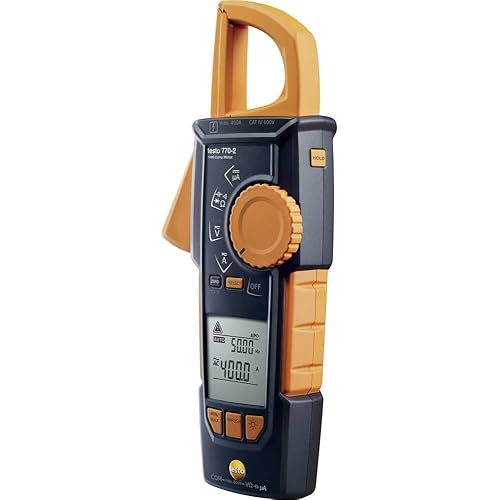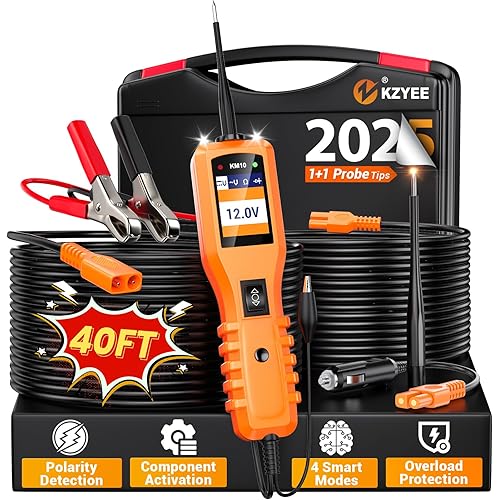KAIWEETS HT208D Inrush Clamp Meter 1000A True RMS AC/DC Current Amp Meter, VFD, LOZ Mode, 6000 Counts, Measures Current Voltage Temperature Capacitance Resistance Diodes Continuity Duty-Cycle










Buy Now, Pay Later
- – 6-month term
- – No impact on credit
- – Instant approval decision
- – Secure and straightforward checkout
Ready to go? Add this product to your cart and select a plan during checkout.
Payment plans are offered through our trusted finance partners Klarna, Affirm, Afterpay, Apple Pay, and PayTomorrow. No-credit-needed leasing options through Acima may also be available at checkout.
Learn more about financing & leasing here.
Eligible for Return, Refund or Replacement within 30 days of receipt
To qualify for a full refund, items must be returned in their original, unused condition. If an item is returned in a used, damaged, or materially different state, you may be granted a partial refund.
To initiate a return, please visit our Returns Center.
View our full returns policy here.
Recently Viewed
Features
- True-RMS Clamp Meter: This multimeter can accurately measure 1000 Amp AC/DC Current, 1000V AC/DC Voltage, Frequency, Duty Cycle, Resistance, Capacitance, Diode, Continuity, and Temperature. Easy to use for labs factories and households.
- Inrush Current Meter: Knowing the value of inrush current can help you locate a startup problem quickly, whether it's in the motor or in the starting circuit. The measuring time of the inrush current is about 100ms. When the current is greater than 10A, the Inrush function works well. The inrush function is only available in AC current mode, DC current does not have the inrush function.
- NCV Detection & LED Flashlight: Built-in Non-Contact Voltage (NCV) Detector can easily and quickly determine whether there is a voltage. A convenient LED flashlight illuminates a dimly lit area.
- Advanced Functions: The Clamp Meter has Variable Frequency Drive Filtering (VFD) and low Input Impedance (LoZ) modes, which can provide higher accuracy readings.
- Safety Service: Safety standard IEC 61010-1, CAT IV 600V, CAT III 1000V. Double insulation. Use high-quality material, to prevent electric shock harm. 36-Month product service provided. 7/24 Customer Service.
Brand: KAIWEETS
Power Source: Battery Powered
Style: AC/DC clamp meter
Color: multi-color
Item Weight: 0.7 Kilograms
Product Dimensions : 11.22 x 5.31 x 2.36 inches; 1.54 Pounds
Item model number : HT208D
Batteries : 3 AAA batteries required.
Date First Available : July 15, 2020
Manufacturer : KAIWEETS
Best Sellers Rank: #34,803 in Industrial & Scientific (See Top 100 in Industrial & Scientific) #24 in Clamp Meters
#24 in Clamp Meters:
Customer Reviews: 4.5 4.5 out of 5 stars 1,610 ratings
Frequently asked questions
To initiate a return, please visit our Returns Center.
View our full returns policy here.
- Klarna Financing
- Affirm Pay in 4
- Affirm Financing
- Afterpay Financing
- PayTomorrow Financing
- Financing through Apple Pay
Learn more about financing & leasing here.
Similar Products
Top Amazon Reviews






![elago Wall Plate Cover Designed for Google Nest Learning Thermostat (Matte Red) - Compatible with Nest Learning Thermostat 1st/2nd/3rd Generation [US Patent Registered]](https://m.media-amazon.com/images/I/611N9k50QbS._AC_US500_.jpg)




















